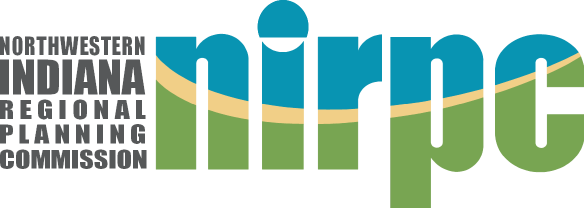Invasive Species and the Chicago Area Waterway System
- Northwestern Indiana Regional Planning Commission
- Environment
- Current: Invasive Species and the Chicago Area Waterway System
Since 2010, the Great Lakes Commission has been leading efforts to prevent Asian carp and other aquatic invasive species (AIS) from entering the Great Lakes basin from the Mississippi River watershed through the critical Chicago Area Waterway System (CAWS). The GLC served as convener (effective in 2019, the Northwestern Indiana Regional Planning Commission has transitioned to the convener role) and member of the CAWS Species Stakeholder Group, a regional stakeholder forum seeking the best short and long-term solutions to the threat of Asian carp and other AIS passing through the CAWS while maintaining current uses of the system. The CAWS-AIS consists of representatives from regional public and private stakeholders, representing governmental, commercial, recreational, business, and environment sectors.
From 2014-2016, the CAWS Aquatic Invasive Species Stakeholder Group developed a series of recommendations for President Barack Obama and the U.S. Congress on near and long-term actions to prevent AIS from entering the Great Lakes through the CAWS. The GLC also led technical analyses; provided input on the U.S. Army Corps of Engineers Great Lakes and Mississippi River Interbasin Study; and conducted a study of financing options. In 2012, the GLC and the Great Lakes and St. Lawrence Cities Initiative released a report entitled “Restoring the Natural Divide” that outlines engineering options for separating the CAWS to prevent AIS movement and examines potential improvements to commercial navigation, recreational boating, flood and stormwater management, and water quality.
Evidence suggests that two species of invasive carp — silver and bighead — are poised to invade the Great Lakes basin through the Chicago Area Waterway System (CAWS). A federally led Asian Carp Regional Coordinating Committee (ACRCC) is managing the implementation of short and long-term actions to combat their spread into the Great Lakes basin. An electric dispersal barrier system is the only structural mechanism currently in place to prevent their migration through the CAWS. Extensive monitoring and fish removal efforts, led by the Illinois Department of Natural Resources and its federal partners, are important – and so far – successful strategies to reduce the risk of population spread.
In 2012, the Great Lakes Commission and Great Lakes and St. Lawrence Cities Initiative completed a $2 million investigation that developed options for separating the Great Lakes from the Mississippi River basin in the CAWS as a potential long-term solution to the threat of AIS transfer. It also evaluated the costs, impacts, and improvements needed to maintain or enhance beneficial uses of the waterways. As part of the effort, an Advisory Committee, now known as the CAWS Aquatic Invasive Species Stakeholder Group, was established to secure engagement from stakeholders and public agencies.
The CAWS-AIS continued to meet to review key technical issues and provide input to federal agencies working on the Great Lakes and Mississippi River Interbasin Study (GLMRIS) and related efforts. The GLMRIS report presented several structural and non-structural alternatives to prevent the transfer of AIS through the CAWS but did not recommend a preferred solution. Following GLMRIS, the AIS Group worked to reach consensus on a set of recommendations, which took the form of three letters, to advance progress on this issue. In particular, the committee is closely tracking a feasibility study on establishing a single point to control one-way, upstream AIS transfer (i.e., Mississippi River basin into the Great Lakes basin) near the Brandon Road Lock and Dam in Joliet, Illinois.
The CAWS Aquatic Invasive Species Stakeholder Group is the only forum that brings together a diverse spectrum of stakeholders in a structured process to consider and evaluate continued steps toward a feasible plan to protect the Great Lakes from AIS while maintaining the diverse and important functions of the CAWS.
This website is hosted by the State of Indiana but NIRPC is an independent unit of local government and is not a State agency. Click here to learn more about NIRPC.
Contact Us
NIRPC
6100 Southport Road
Portage, IN 46368-6409
219-763-6060
